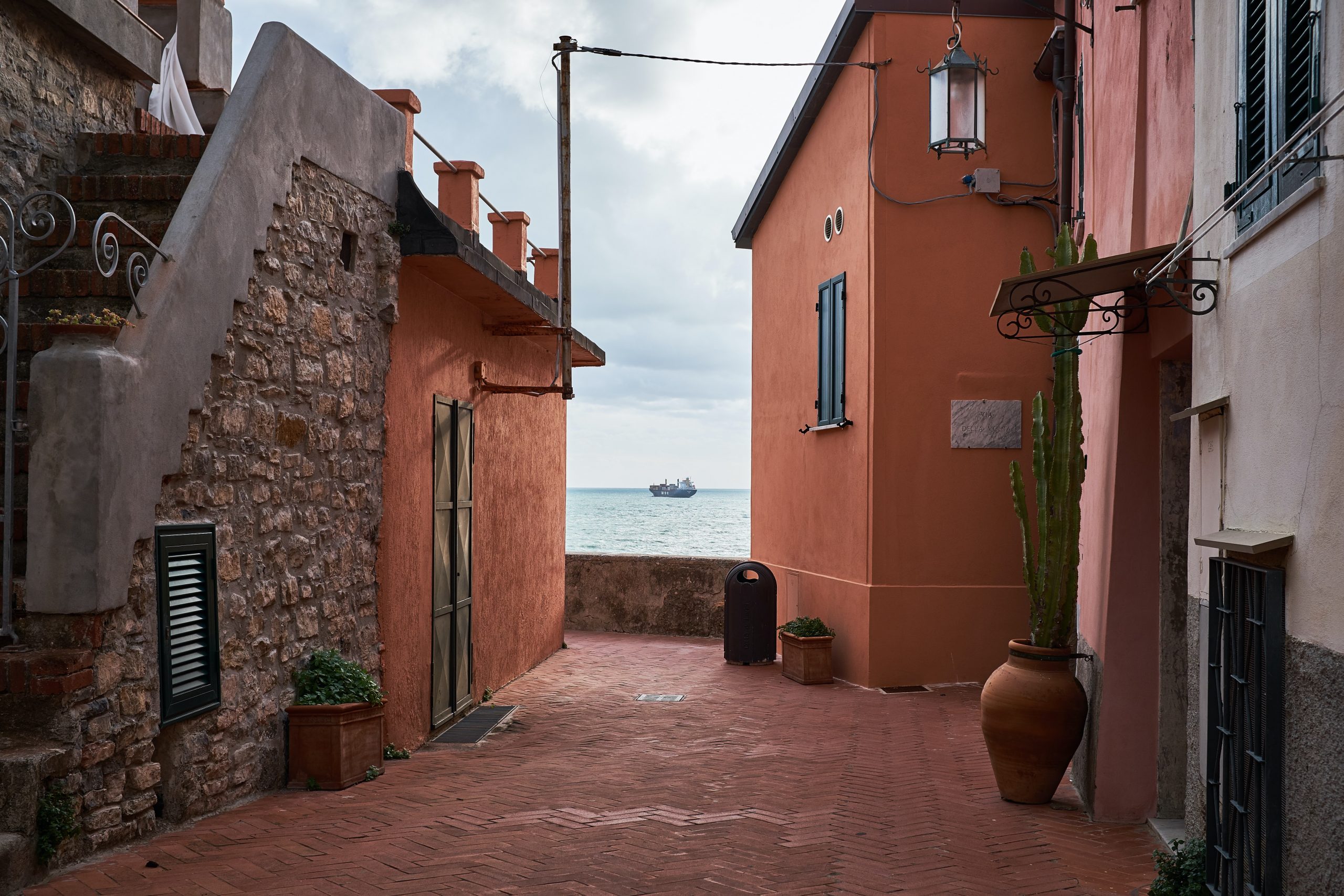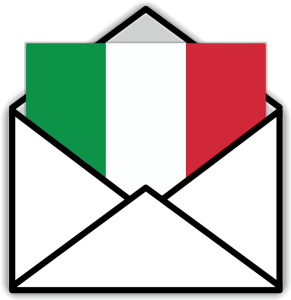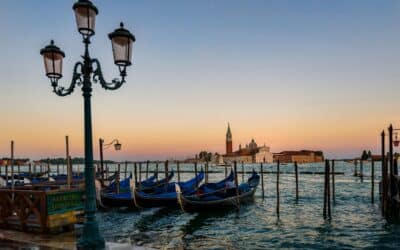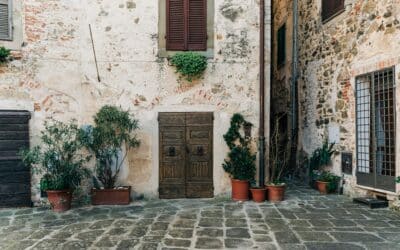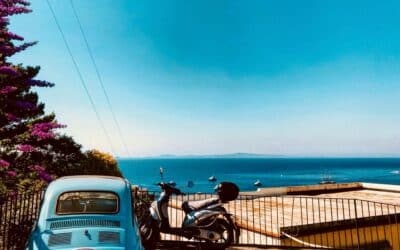Building solid foundations is key in every foreign language you learn. Mastering the nitty-gritty of the basics will be your pathway to fluency, I promise. That’s why today we’ll cover the Italian definite articles (gli articoli determinativi) and especially when to use them and when not, and the key differences with the use of the English definite article, the.
Gli Articoli Determinativi (definite articles)
The so-called articoli determinativi, or definite articles, are expressed in English as the. Unlike in English, in Italian the article the takes different forms depending on the gender and number of the noun it precedes.
For example, we say…
- Il gatto – the cat
- La casa – the house
- I giardini – the gardens
- Gli amici – the friends
In Italian, all nouns (with a few exceptions) have articles before them. It’s a general rule.
Articles can be masculine or feminine, singular or plural and take different forms depending on the noun they are preceding.
In the following charts you can see the various forms the article “the” takes in Italian.
Singular Definite Articles (articoli determinativi, forma singolare)
| Examples | When to Use It | |
|---|---|---|
| IL | il medico, il cuoco, il cane, il gatto, il formaggio | with singular masculine nouns |
| LA | la casa, la macchina, la finestra, la dottoressa, la porta | with singular feminine nouns |
| L’ | l’appartamento, l‘erba, l‘uomo, l‘isola, l‘hotel | with singular masculine and feminine nouns starting with a vowel (A,E,I,O,U) or ‘H’ |
| LO | lo scooter, lo yogurt, lo psicologo, lo gnocco, lo xilofono, lo zaino | with singular masculine nouns starting with s+consonant, Y, PS, GN, X, Z |
Plural Definite Articles (articoli determinativi, forma plurale)
| Examples | When to Use it | |
|---|---|---|
| I | i medici, i cuochi, i libri, i computer, i fiori | with plural masculine nouns |
| LE | le case, le macchine, le finestre, le dottoresse, le amiche | with plural feminine nouns |
| GLI | gli appartamenti, gli uomini, gli alberi, gli amici, gli hotel | with plural masculine nouns starting with a vowel (A,E,I,O,U) or ‘H’ |
| GLI | gli scooter, gli yogurt, gli psicologi, gli gnocchi, gli xilofoni, zaini | with plural masculine nouns starting with s+consonant, Y, PS, GN, X, Z |
Italian uses articles in front of most of nouns, however, there are few exceptions (noun used without any articles).
When Articles are not used in Italian
(If you’re a beginner you should skip this part for now)
We don’t use articles in front of the names of cities.
- Palermo, Napoli, Roma, Venezia
We don’t use definite articles in front of singular nouns of family members, preceded by possessive adjectives (for example, my brother). However, they are used before family members when in the plural form (e.g., my brothers).
- mio fratello – i miei fratelli
- mia cugina – le mie cugine
- mio zio – i miei zii
We don’t use definite articles before the names of people (Anna, Maria, Marco). However, in the North of Italy, it’s common to use them in a colloquial form of Italian.
- Anna (standard Italian)
- La Anna (colloquial northern Italian, northern dialects)
We don’t use definite articles in front of the names of famous people.
- Dante è padre fondatore della lingua italiana
We don’t use articles in front of small islands. Instead, but we do use them in front of big islands or groups of islands.
- Capri (small island)
- Malta (small island)
- La Sicilia (big island)
- La Sardegna (big island)
- Le Eolie (the Aeolian Islands)
- Le Canarie (the Canary Islands)
When articles are used in Italian but not in English
(If you’re a beginner you should skip this part for now).
Unlike in English, we use articles with possessive adjectives:
- la mia famiglia – my family
- la mia casa – my house
- il mio cane – my dog
Unlike in English, Italian uses articles in front of abstract nouns.
- l’amore – love
- l’amicizia – friendship
- la pace – peace
Unlike in English, definite articles are used with titles.
- La Professoressa Rossi – Professor Rossi
- Il signor Franchi – Mr. Franchi
However, you should omit the article if you are speaking directly to someone. For instance,
- Buongiorno, Dottor Rossi!
Unlike in English, we use definite articles when saying the time.
- sono le 8 e mezza – it’s 8.30
Unlike English, we use articles for clothes and parts of the body, and use the definite article if a reflexive verb precedes the noun.
- Mi pettino i capelli – I brush my hair
- Mi metto le scarpe – I put on shoes
In Italian we can’t say “mi pettino i miei capelli”; we have to say mi pettino i capelli, which in English is directly translated as “I brush myself the hair”.
Unlike in English, Italian uses the definite articles in dates.
- Oggi è il 14 aprile 2021 – today is April 14th
However, we don’t use it if we mention the day of the week
- Oggi è mercoledì 14 aprile 2021
Unlike in English, Italian uses the definite article in front of geographic terms such as countries, islands, seas, lakes, mountains, volcanos, or rivers.
- L’Italia – Italy
- La Sicilia – Sicily
- Il Lago di Como – Lake Como
- L’Etna – Etna Mt.
- Il Monte Bianco – Mont Blanc
- Il Tevere – the Tiber
However, definite articles are omitted when the prepositions IN or DI precede the name of the country, or islands, or the likes. You should also omit the article if you are using the verb “andare” with the names of places.
- Abito in Sicilia and NOT abito in la Sicilia
- Vado in Italia and NOT vado in la Italia
Use these excellent books to improve your Italian grammar at your own pace

